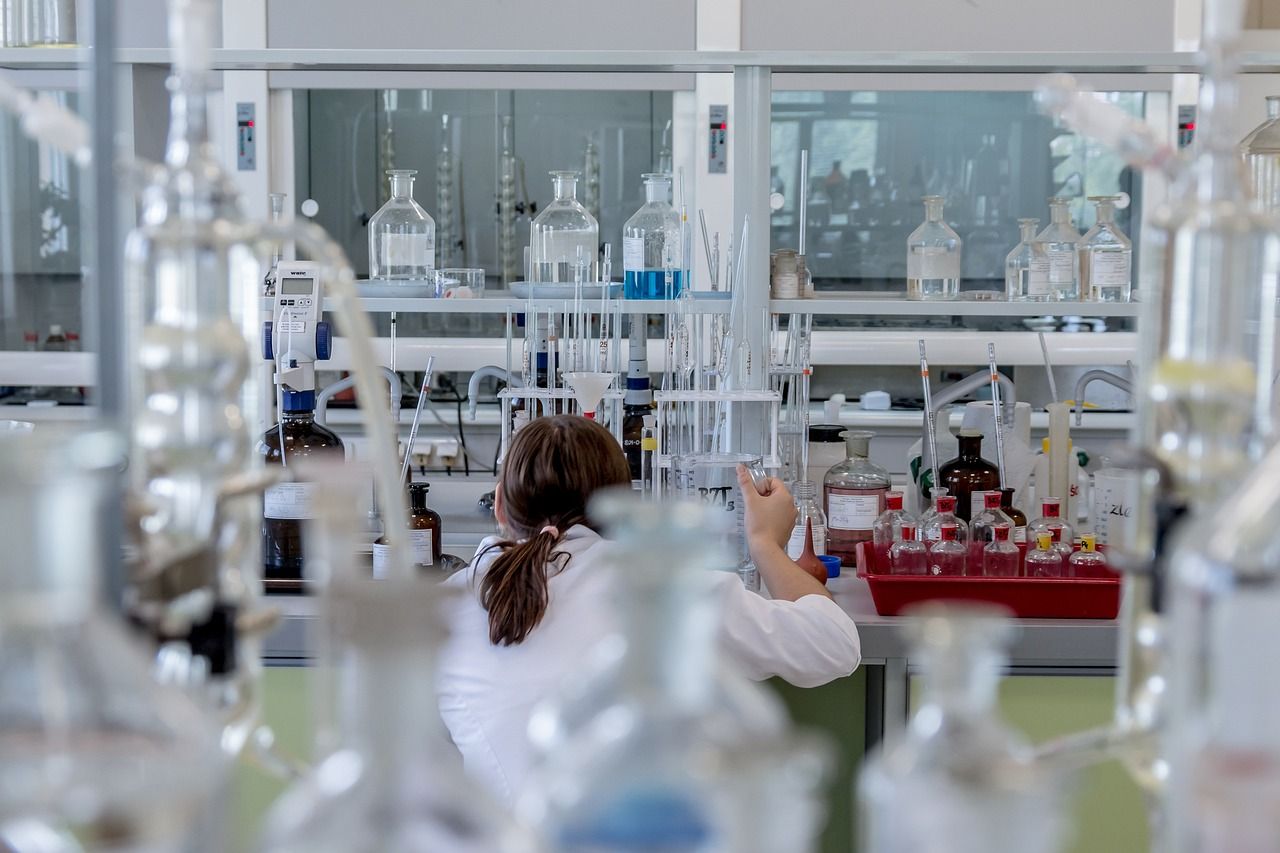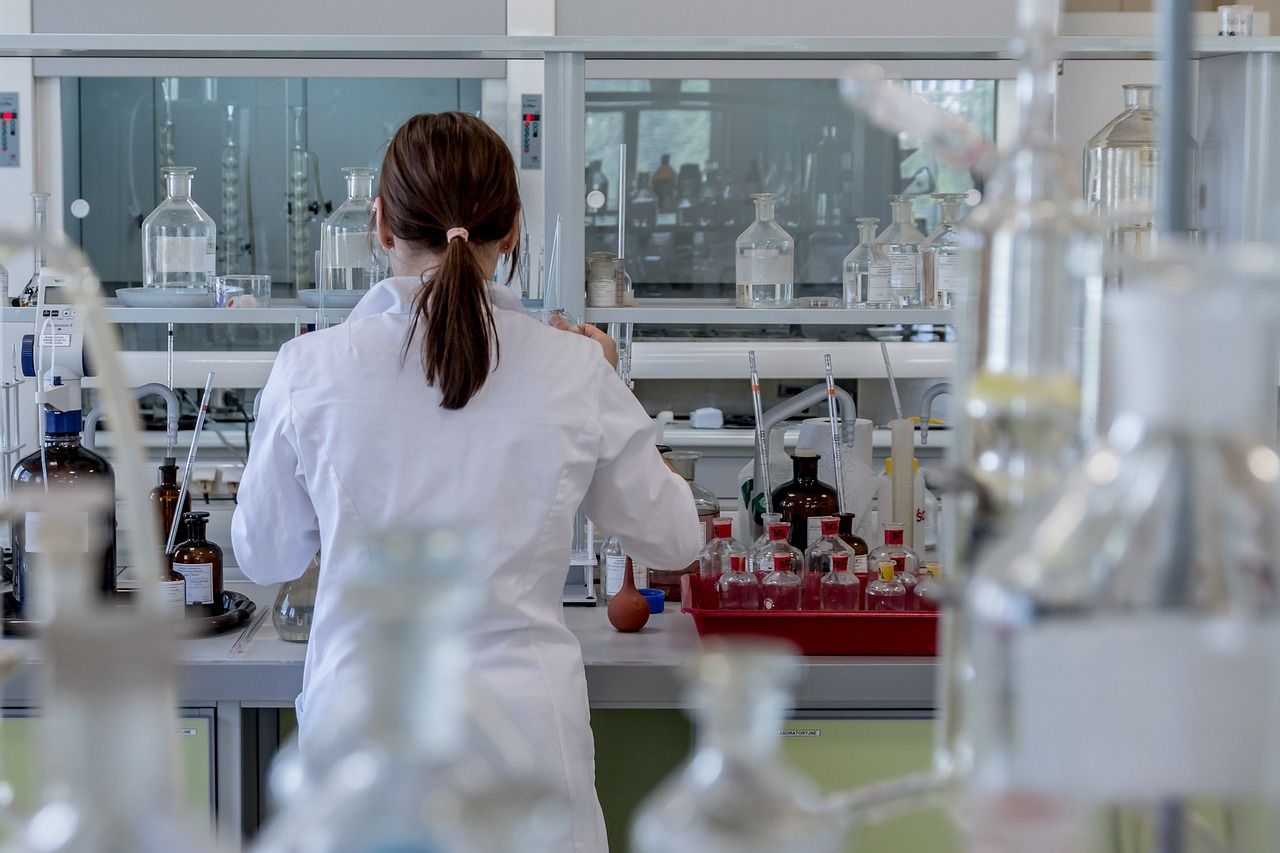How Automated Quality Control can Maximise Reproducibility in Your Lab

Share this article
How Automated Quality Control is Maximising Reproducibility in Your Lab
Reproducibility is at the core of delivering credible research, diagnostics, and successful development of products. Without reproducibility, researching findings are questionable and experiments are less efficient. Achieving consistent reproducibility has long been a manual challenge, however now automated quality control is revolutionising this industry. Automated QC offers a solution to ensure consistency and reliability across the lab.
The Reproducibility Challenge
There are a huge number of variables in a lab workflow, including:
- Sample handling
- Calibrating instruments
- Preparing reagents
- Data recording
- Data analysis
When any or all of these tasks are performed manually, the risk of human error is introduced. Slight errors or variabilities, for example a different technique used with the pipette or a variation in the environmental conditions of a test, can lead to irreproducible results, wasting valuable time in the lab, costing budget, and reducing confidence in the data gathered. This can also translate to a slower time-to-market for new lab products and potentially more regulatory hurdles.
Automated quality control
Automated QC can be used to integrated robotics, sensors, and intelligent software into these lab processes. Removing the human element from manual, laborious tasks (and utilising human workers to the more complex tasks which require attention instead), can boost reproducibility.
Some of the benefits of using automated quality control are:
- Eliminating human variability
- Increased precision
- Accurate consistency every time
- Standardises adherence to protocols
- Allows for real-time monitoring
- Automated anomaly detection
- Comprehensive data logging and analysis
- Optimal equipment calibration
The Business Impact
Beyond the lab, the benefits of maximising reproducibility extend to a wider business impact such as:
- Reduced waste and cost savings
- Faster research cycles
- Increased regulatory compliance
- Accelerating product development, which can increase your brand reputation and competitive edge
At Astech, we understand the importance of reproducibility. Our laboratory automation and robotics solutions are bespoke to the needs of your lab to help you achieve reproducibility and strong results. Contact us today to discuss your needs with our expert team.

